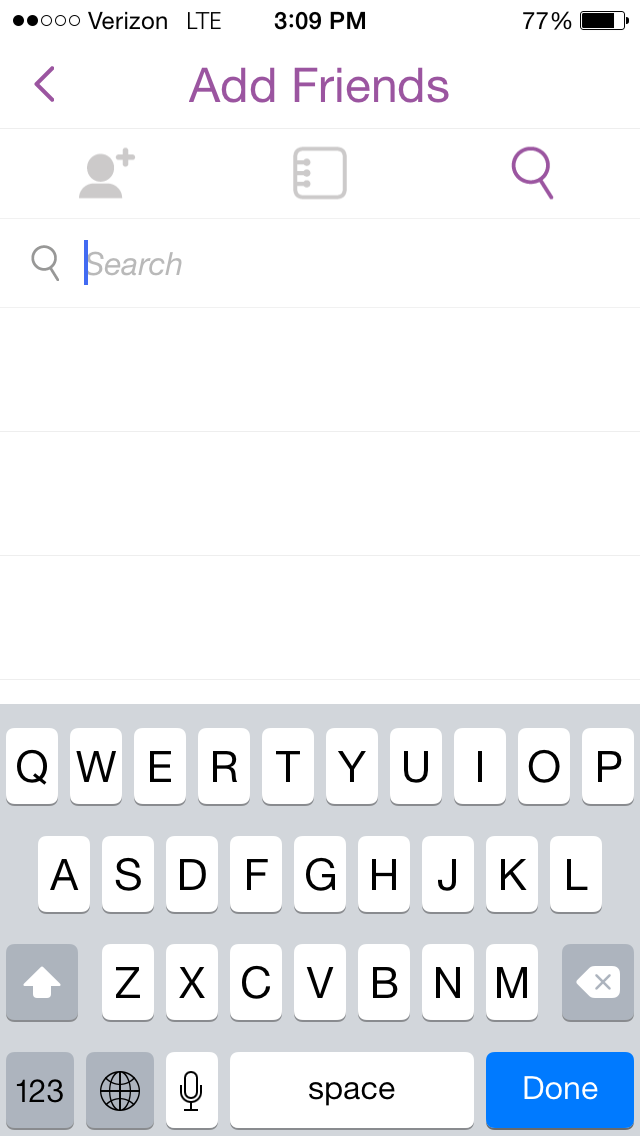



.




Rhetoric & Popular Phone Apps on College Campuses

Snapchat
.
.
.
The first popular phone application found on college campuses that I’m going to explore is Snapchat. Snapchat is a photo sharing app that allows people to take pictures and send these pictures with “expiration times” to others. The app was first launched in July 2011 by Evan Spiegal, Reggie Brown, and Bobby Murphy under the name Picaboo (Hempel and L). It first became popular in Orange County, California before taking off across the nation (Hempel and L).
Generally, people do not think about the rhetoric associated with private photo sharing apps like Snapchat and how this rhetoric affects its users, but this does not mean that the application is not associated with rhetoric. The two forms of rhetoric associated with Snapchat that I am going to explore in this post are product placements and the idea that people should get Snapchat because it is a safer way to share photos than traditional texting.
It’s no secret to any Snapchat user that the application is used to promote products. All a user needs to do to view some of these advertisements is to go look at the Snapchat stories. Users will find that the stories, or photo mashups and video clips, that they have access to are not limited to those of their friends. Users also have access to stories that promote everything from state fairs to college football. This product placement is not limited to Snapchat stories. Through the development of Snapchat celebrities, product placement has expanded to include companies paying social media celebrities to endorse their products through Snapchat.
A recent Forbes article about Snapchat celebrities by Ellen Huet details just how Snapchat can be used for advertisements. Shaun McBride (whose Snapchat name is Shonduras) is a Snapchat celebrity (Huet). He has thousands of Snapchat followers and has worked with companies liked Disney and Major League Soccer, creating Snapchats that he sends to his followers that promote their brands (Huet). He was even flown out to Disney World to promote Disney’s Frozen (Huet). Along with using celebrities to endorse their products, companies can create their own Snapchat accounts where product fans can receive Snapchats from their favorite restaurants and stores or participate in other promotional events.
Another way that Snapchat uses rhetoric is how it draws consumers into the product itself. It is no mystery that the age of technology has been accompanied by an age of limited privacy. In recent months photo hacks involving famous actresses have become familiar stories. The rhetoric surrounding these events has been loud and clear: if you’re going to take a scandalous picture, make sure there’s some way it can never end up on the internet. It’s not uncommon for future employers to research potential employees via google, Facebook, or other video and photo sharing websites (Poltash). Because of this, it’s also not uncommon for potential employers to reject candidates based on information discovered through the internet (Poltash).
This fairly new fear of future employers discovering private photos on the internet is one of the driving forces behind Snapchat’s success. Essentially, the rhetoric connecting this fear to the app is simple: if you want to send scandalous photos, but you don’t want them to end up on the internet, the best way to send them is through Snapchat. Why? Because the photos won’t be saved on the network’s database and if someone does screenshot the photo, Snapchat will send you a notification that someone took a picture of your photo.
How do these two forms of rhetoric affect users, especially on college campuses? In terms of product placement, advertisements encourage users to go and buy the products that they see advertised in the application. The idea that Snapchat is a safer way to “sext” than traditional texting encourages college students (who are planning and thinking of their future careers) to send sexy snaps via Snapchat instead of other photo sharing services.
While product placements in Snapchat are seemingly harmless and no more lucrative than traditional television or radio advertising, the rhetoric that Snapchat is a safer way to sext may not be completely true. Recently, Snapchat endured its own scandal when a third party application was hacked, leaking thousands of Snapchat pictures that had been saved through the third party application (Newcomb). The stolen photos were then shared across the internet (Newcomb). This development is important because it shows that the rhetoric that attracts people to the application is misleading. Clearly the photo sharing device is not the safest way to send sexy snaps as many presume.
Works Cited
Hempel, Jessie and Adam Lashinsky. “Countdown to the Snapchat Revolution.” Fortune. Time. 18 Dec. 2014. Web. 1 Nov. 2014.
Huet, Ellen. “Snaps to Riches: The Rise of Snapchat Celebrities.” Forbes. 23 July 2014. Web. 1 Nov. 2014.
Newcomb, Alyssa. “How Hackers got Private Photos without Ever Breaching Snapchat’s Servers.” ABC News. 13 Oct. 2014. Web. 5 Nov. 2014.
Poltash, Nicole A. “Snapchat And Sexting: A Snapshot Of Baring Your Bare Essentials.” Richmond Journal of Law & Technology 19.4 (2013): 1-24. Web. 5 Nov. 2014.